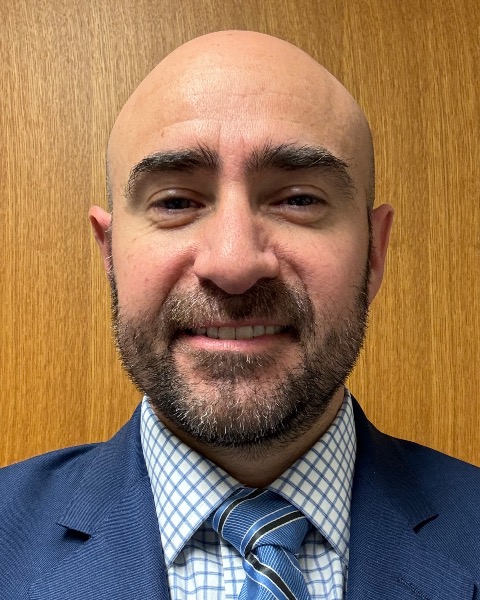Rapid Fire Abstracts
Wideband Perfusion Pulse Sequence Yields Relatively Accurate Myocardial Blood Flow Quantification in Patients with Simulated Cardiac Implantable Electronic Devices during Stress and at Rest (RF_TH_286)
- OA
Oluyemi B. Aboyewa, MSc
PhD Candidate
Northwestern University - LF
Lexiaozi Fan, MSc
PhD Candidate
Northwestern University 
KyungPyo Hong, PhD
Research Assistant Professor
Northwestern University
Jeremy D. Collins, MD
Professor of Radiology
Mayo Clinic
Northwestern University- LH
Li-Yueh Hsu, PhD
Researcher
NIH 
Amit R. Patel, MD
Professor of Medicine
Division of Cardiology, University of Virginia Health System, Charlottesville, Virginia, USA.
Daniel Lee, MD, MSc
Professor of Medicine and Radiology
Northwestern University Feinberg School of Medicine
Northwestern
Dan Kim, PhD
Professor & Associate Vice-Chair for Research (Radiology)
Northwestern University
Northwesern
Presenting Author(s)
Co-Author(s)
Primary Author(s)
A stress CMR may be applicable for symptomatic patients with cardiac implantable electronic devices (CIED) to rule out reversible ischemia as etiology; however, a standard CMR may produce significant image artifacts caused by CIED generators. Our group has recently developed an accelerated wideband pulse sequence to suppress image artifacts due to CIED generators.1 The purpose of this study was to determine the accuracy of myocardial blood flow (MBF) quantification in the presence of a CIED during stress and at rest.
Methods: Since obtaining reference MBF values from patients with CIEDs in situ is not feasible, we enrolled 10 patients (mean age 49 ± 14 years; 5 males) without a device who had underwent a clinical stress perfusion CMR at 1.5 T (Avanto, Siemens) with the dual-imaging sequence.2 To simulate in situ conditions, an implantable cardioverter defibrillator (ICD) was taped below each patient’s left clavicle (~12 cm from the heart), and stress wideband CMR was performed at 1.5T (Aera, Siemens) with similar adenosine/gadolinium protocol. Image Acquisition: For both scan types (i.e., clinical-no ICD and wideband with ICD), proton density (PD) and T1-weighted (T1w) images were acquired in three short-axis planes and one arterial input function (AIF) plane. Table 1 summarizes the image parameters for both sequences. MBF Quantification: To quantify MBF, the images were first motion-corrected.3 The signal-to-gadolinium concentration conversion included the following steps: (a) T1w images were normalized with the PD images to correct for unknown equilibrium magnetization and surface coil effects; (b) Block equation to calculate T14; (c) T2* correction for the AIF5; (d) assumed fast water exchange6; (e) assumed Fermi as the transfer function to calculate MBF on a pixel-by-pixel basis.7 Statistical Analysis: Appropriate statistical analyses were conducted to compare the resulting MBF and myocardial perfusion reserve (MPR) for both scan types.
Results:
The 10 enrolled patients all had negative stress perfusion. The wideband stress CMR was performed within 303 ± 89 days later. Figure 1 shows the MBF of one representative patient obtained with clinical-no ICD and wideband perfusion with ICD, and bulls-eye plots of the average segmental stress/rest MBF and MPR for both scan types. As shown in Figure 2, the resulting MBF during stress and at rest and MPR were in good agreement. There were no significant differences (p >0.1) in stress MBF and rest MBF between the clinical and wideband perfusion sequences. Although the mean MPR was significantly different (p=0.02), the MPR was highly correlated (r2 =0.85), indicating a consistent bias between both methods.
Conclusion: This pilot study demonstrates that the MBF values obtained from our wideband perfusion sequence are in good agreement with those of the clinical dual-sequence without CIED. Further studies are needed to validate its use in stress CMR perfusion for patients with CIEDs in situ.

